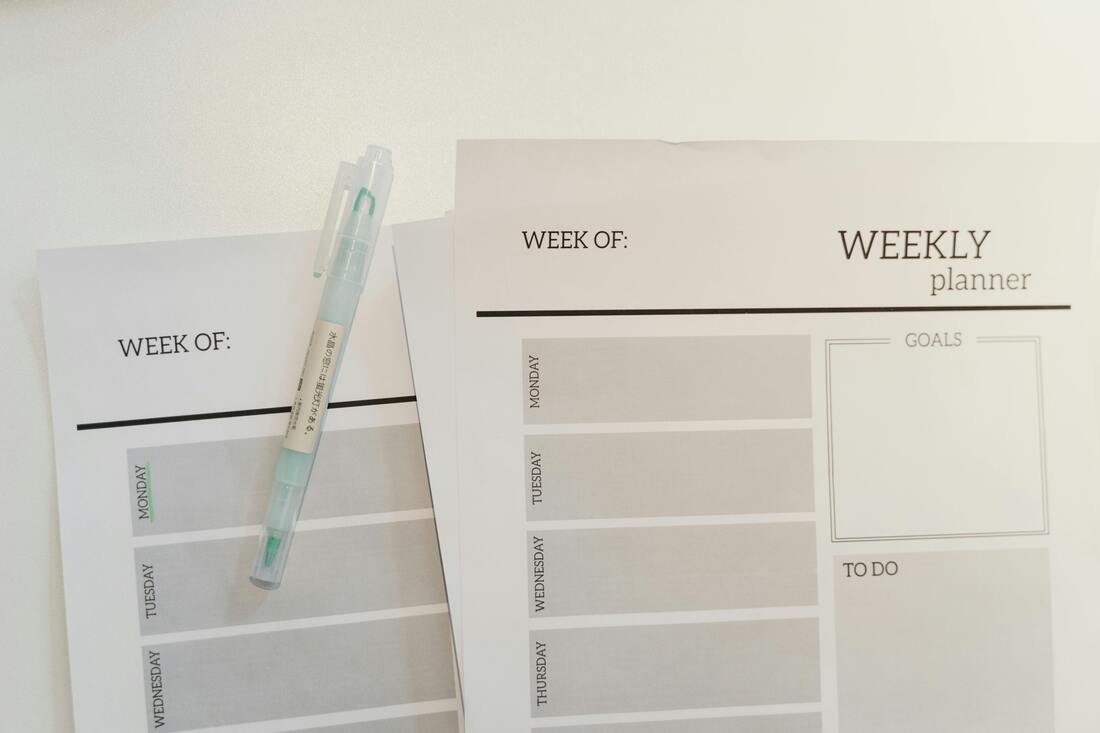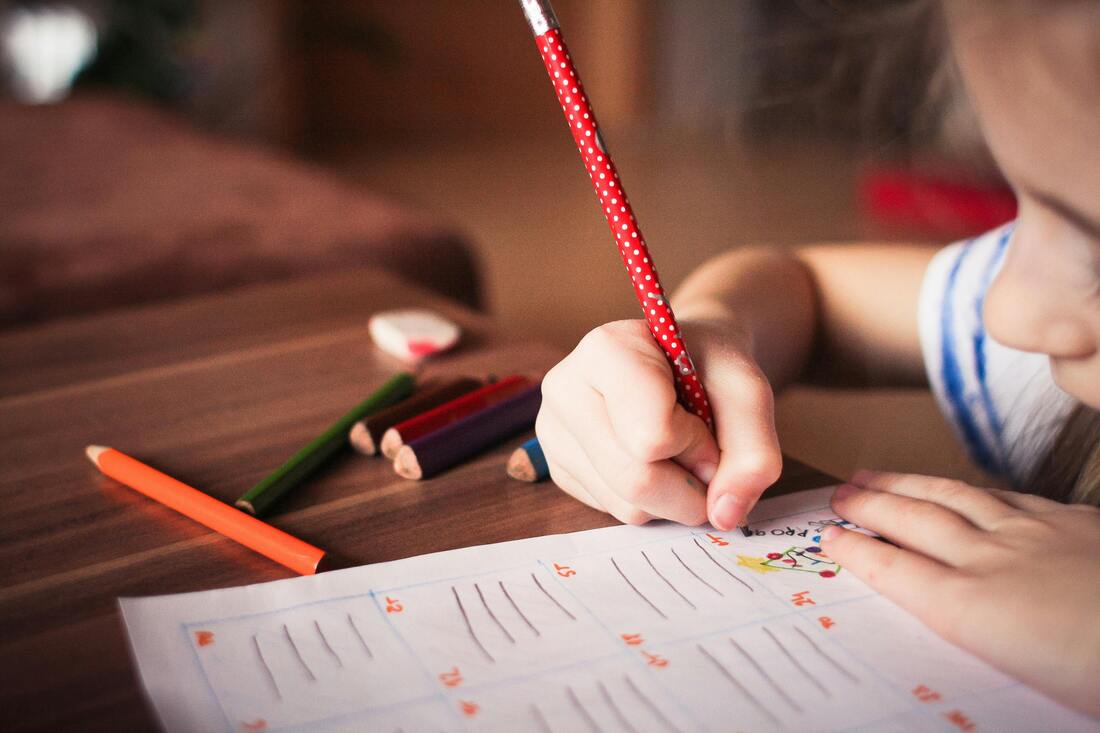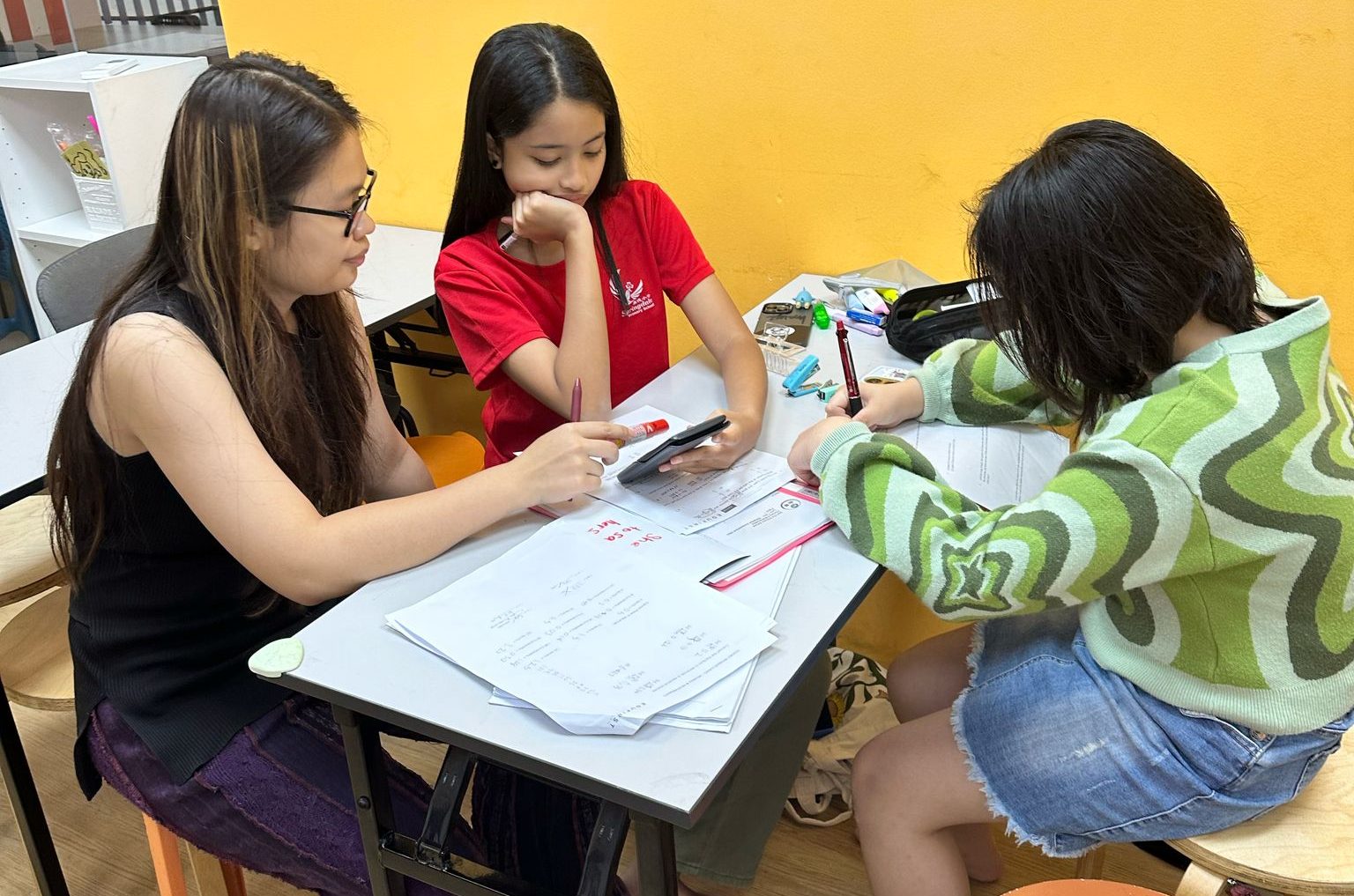- Sep 9, 2024 - 6 min read
Top 5 PSLE Study Tips for Success

1. Set a Study Routine
Creating a well-structured study routine is one of the most effective ways to ensure consistent progress. Instead of cramming last minute, developing a weekly timetable will help students organize their time and cover all subjects thoroughly. Focus more on weaker subjects, but don’t neglect the stronger ones!
How to Start:
- Allocate specific time slots for each subject throughout the week.
- Set small, achievable goals for each study session to stay motivated.
- Ensure that the timetable includes time for breaks and relaxation.
Why it Works:
Having a study routine reduces stress, prevents procrastination, and builds good habits that will benefit students in the long run.

2. Take Breaks
Pro Tip:
Use breaks to stretch, grab a snack, or take a short walk. After four Pomodoro sessions, take a longer break of 15-20 minutes to fully recharge.
Why it Works:
Regular breaks refresh the brain, prevent fatigue, and help students maintain a high level of focus throughout their study sessions.

3. Use Mind Maps and Visual Aids
How to Use Mind Maps:
- Draw the main topic at the center of the page and branch out with related concepts.
- Use colors, symbols, and images to make the mind map more engaging.
- This method is especially useful for subjects like Science (e.g., life cycles or ecosystems) and Math (e.g., geometry or problem-solving techniques).
Why it Works:
Mind maps simplify complex ideas, making it easier for students to understand and memorize information for the exams.

4. Practise with Past Papers
Familiarity with the exam format is crucial for PSLE success. Practicing with past exam papers helps students understand the types of questions they can expect and improves their time management skills. Regular practice also builds confidence as students become more comfortable with the exam structure.
How to Get Started:
- Set aside time to complete past papers under timed conditions.
- Review mistakes and focus on improving weaker areas.
- Analyze patterns in the questions to spot common topics that are likely to appear.
Why it Works:
By practicing past papers, students gain insight into the examiner’s expectations and develop effective problem-solving strategies that are key to acing the PSLE.

5. Prioritize Sleep and Well-being
One often-overlooked factor in exam preparation is the importance of sleep. A well-rested brain is better equipped to recall information and perform well under pressure. Aim for 8-9 hours of sleep per night, especially leading up to the exam. Avoid last-minute cramming as it can disrupt your natural sleep cycle.
Tips for Better Sleep:
- Create a relaxing bedtime routine, such as reading a book or listening to calming music.
- Keep your bedroom environment quiet, cool, and dark for optimal sleep.
- Avoid using screens (phones, tablets, etc.) right before bed as the blue light can interfere with sleep.
Why it Works:
Adequate sleep improves memory, sharpens focus, and helps students stay calm and composed during exams.

Final Thoughts
Remember, preparation is a marathon, not a sprint. Stay consistent, stay positive, and success will follow!





